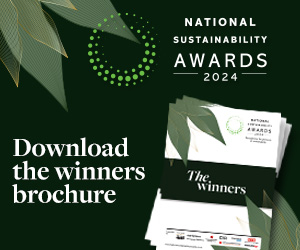Electric vehicles consume far less raw material (metals) than internal combustion engined cars taking into account the recycling of the battery cell materials.
Under the EU’s current recycling recovery rate target, around 30Kg of metals is lost but the weight of petrol or diesel that is burned during the average lifetime of a vehicle is around 300-400 times more than the total quantity of battery cells metals ‘lost’. Over its lifetime, an average ICE car burns close to 17,000 litres of petrol, which would be equivalent to a stack of oil barrels 90m high.
The figures come from Transport and Environment’s research, that also further predicts that technological advancements will drive down the amount of lithium required to make an EV battery by half over the next decade. The amount of cobalt required will drop by more than three-quarters and nickel by around a fifth. Indeed, by 2035 over a fifth of the lithium and nickel, and 65 per cent of the cobalt, needed to make a new battery could come from recycling and Europe could produce enough batteries to supply its own EV market as early as 2021 with 460 GWh (in 2025) and 700 GWh (2030) of battery production in Europe - enough to meet the demand of electric cars.
Latest News
-
Card Factory's foundation unveils new branding
-
Homelessness charity to be Christmas partner for famous London street
-
Pub chain announces ‘puppy hour’ initiative with Guide Dogs charity
-
Professional services firm partners with hospital charity
-
Waitrose invests £1m in ‘nature friendly farming’
-
Homelessness charity's services boosted by building society’s grant
© 2019 Perspective Publishing Privacy & Cookies









Recent Stories